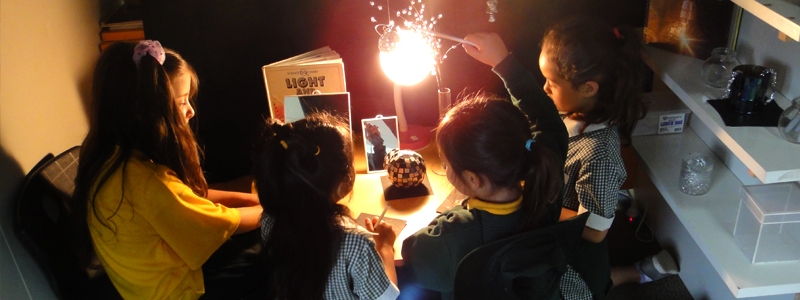Problem: Established in 2013, the project is aided by the Australian Institute for Teaching and School Leadership (AITSL) and the country's principal schools, in partnership with the organization Innovation Unit, from the United Kingdom. This effort strives to identify new educational methodologies that are capable of increasing the engagement of children and adolescents in the learning process. The organization's work is based on four principles from the field of design: personalized learning, co-creation, connection and integration.
According to the project's vision, traditional teaching methods are alienated from the current and future needs of students and from the needs of employers in the digital age.

Solutions: The first step of the Learning Frontiers project in 2013 was to conduct a collaborative study in order to generate new knowledge about teaching. The results of the study were published on the project's website in the form of two reports, which offer information about what students think about school and which professional qualities should be emphasized in order to increase students' interest in the learning process.
Two main challenges were identified within the results. The first is that teachers need support in the development of students that are industrious and capable of learning on their own. The second is that the learning process should have meaning and make sense to the students. In addition, four principles from the field of design were chosen to guide the project's work: personalized learning, co-creation, connection and integration.
In 2014, the program began to create design hubs, or centers of design, each one having a group of schools assigned to it, where new teaching methods began to be developed and tested. Each design hub works with certain pre-determined questions, such as: “how can we empower students to be the principal agents of their learning?” or “how can the students' learning be the launching point for valuable goods and services?”
Two different kinds of schools participated in the project. Lab Schools are those which already employ innovative teaching methods, are prepared to promote vast reforms and have the desire and capability to work according to design principles. At these schools, all of the classrooms participate in Learning Frontiers. On the other hand, the Developer Schools are those that develop and test a larger number of new methods, while focusing on one or more design principle.
Teachers play a leading role in the project. The vision is to increase the amplitude and depth of the teachers’ pedagogical repertoire, making their teaching methods increasingly more sophisticated. Teachers engage in various activities, such as the use of design and prototyping with the students in order to rethink the learning process and discover which methods can make learning more student centered.
It is left to the schools to make the changes that are necessary to implement these innovative teaching methods. At the same time, parents and students are invited to participate, not only in selecting academic evaluation methods, but also in discussions about what the purpose of the lessons should be and which methods are most efficient in developing successful students, citizens and employees. These activities are conducted in partnership with universities, companies, NGOs, parent and teacher associations and with the community as a whole.

Outcomes: The program aims to mold students that are more active, academically inclined and participative in the classroom. In addition, students are encouraged to submit their homework on time and participate more in academic social life in order to increase their feeling of belonging to the school community. Incentives exist for students to enter extracurricular activities, thereby broadening their intellectual horizons and becoming more capable of resolving issues themselves while being more self-motivated. The cities of Adelaide, Sydney, Canberra, Melbourne and Brisbane already have design hubs. In all, 49 schools currently participate in the project. The results obtained at these centers are used in generating a database regarding the impact of these teaching innovations inside and outside the hubs and to discern which of them can be replicated in other schools.






